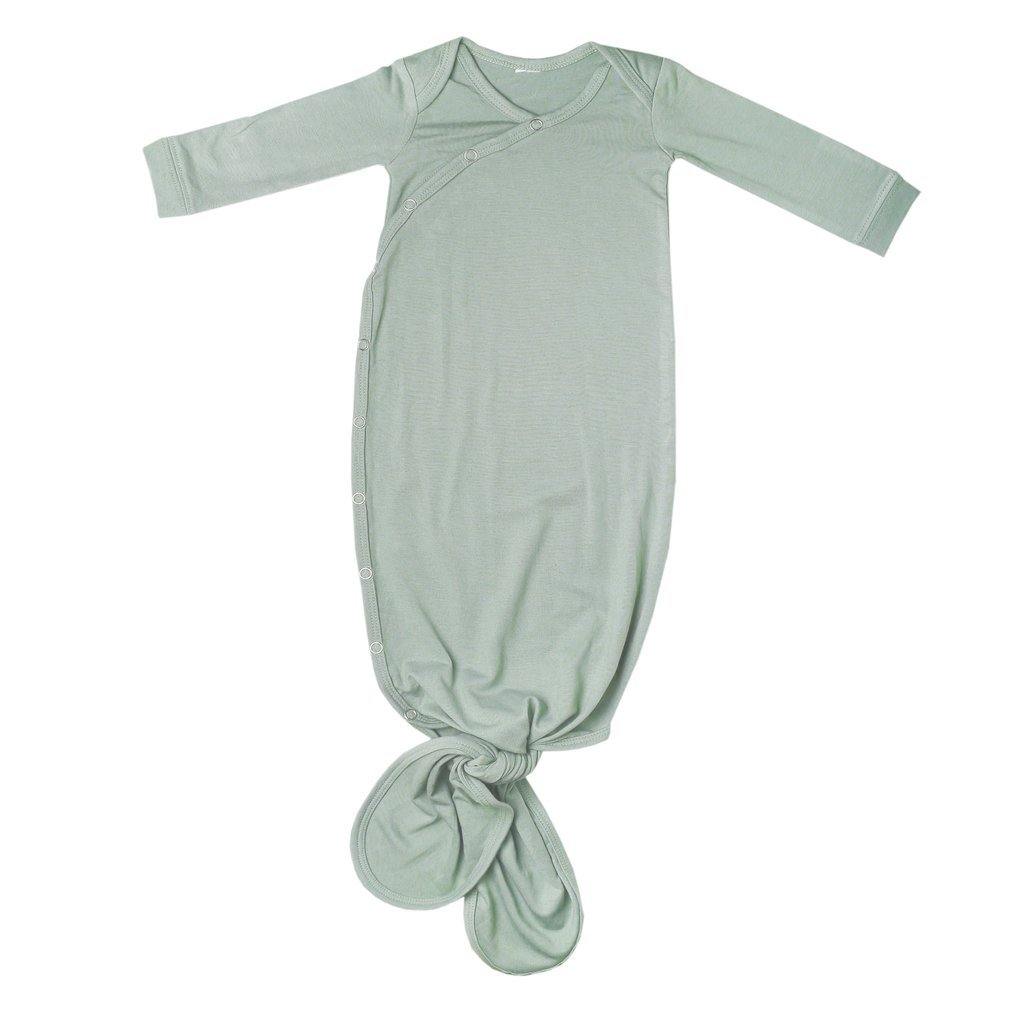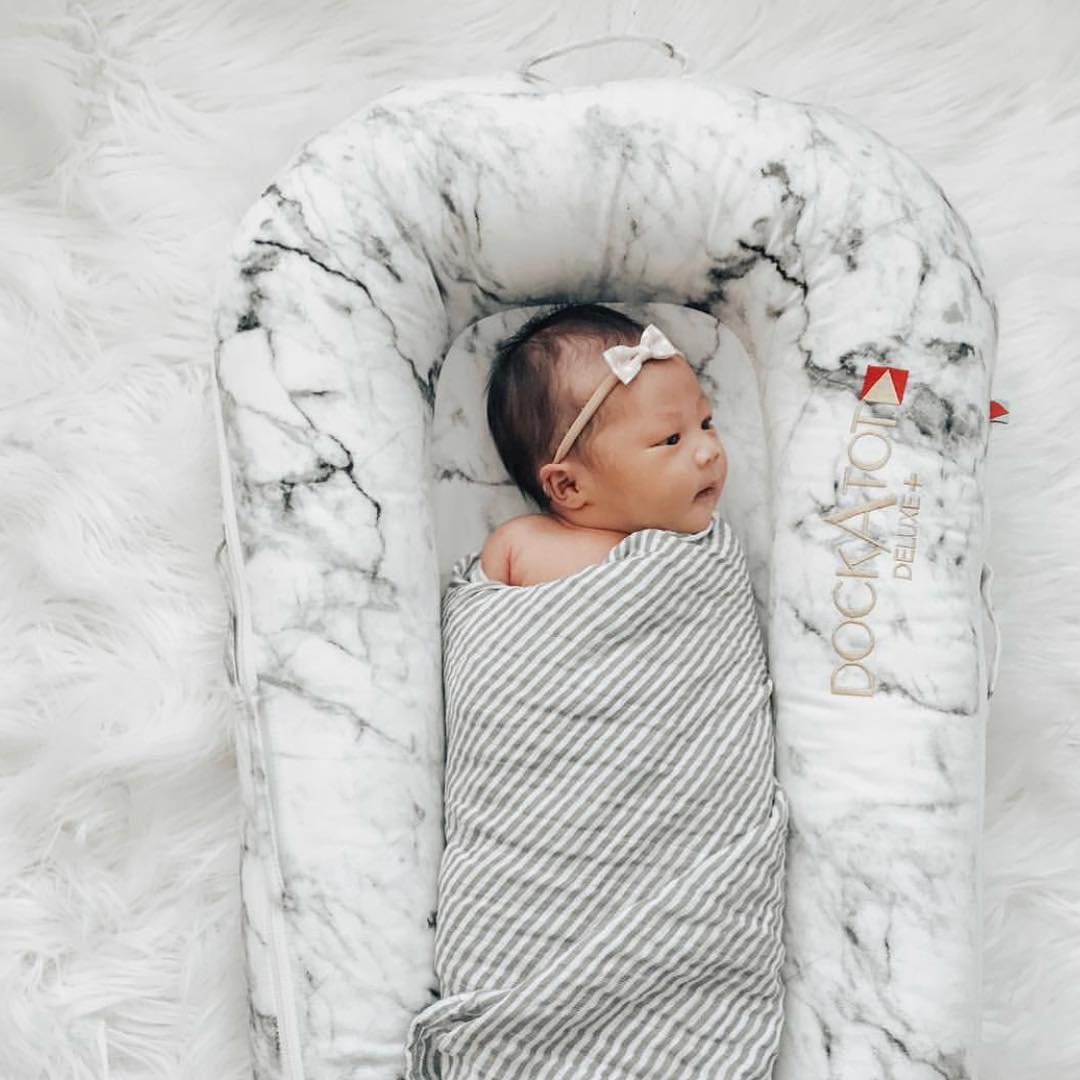You’ve probably heard by now that “back is best”, but what exactly does that mean? In this article, answers to commonly asked sleep questions will be addressed. As well as a few suggestions on how to best combat some common sleep problems when it comes to infants.
Why is back best?
- The AAP says so.
- Airways are not obstructed.
- Choking is less likely.
- Decreases the risk of SIDS.
What is SIDS?
Sudden Infant Death Syndrome. This syndrome occurs in babies less than one year old. It is unexplained, meaning after an autopsy is performed, there is no known cause of death. It is sometimes referred to as “crib death” because SIDS often occurs while baby is in a crib. We’re not talking accidental strangulation, choking, or suffocation in a crib, but purely an unknown reason for death.
There are two strong theories for why SIDS most often occurs, which I talk about more in my most recent post all about SIDS. But for now, just know that the practice of safe sleep habits and SIDS is so closely related that it is incredibly crucial to heed all pediatricians' strong recommendations to lay babies to sleep on their back.
What about flat spots?
Plagiocephaly is a condition where repeated pressure on the same spot on a baby’s head causes a flat spot or an overall misshapen head. So “back is best” doesn’t help with this situation because the back of a baby’s head is prone to have a lot of pressure on it while they are laying down. Helmets are often needed in more severe cases, but before it gets to that point, there are other methods to try. Two common practices to help the reduction of or to prevent flat spots all together are below:- When laying baby down to sleep, turn her head to one side. The next time you lay her down, turn her head to the other side. Keep track of the head alternating, so baby isn’t consistently lying on the same spot every time she lies down.
- Tummy time! During waking hours, it is important to practice tummy time! Not only does this help baby’s neck and arm muscles, but it also helps with the flat spot dilemma as it gives her head a rest from the pressure that comes from commonly lying down on her back.
When should swaddling be stopped?
The majority of babies love to be swaddled and find great comfort in being bundled up tight like they were for so long in the womb. But like all good things, this too must come to an end. And it is critical to your baby’s safety that swaddling end at the correct time. When your child has rolled over on her own, it is time to get rid of the swaddle. Or at least stop wrapping her arms into the swaddle. This typically occurs around 4-5 months of age. 
Milkbarn Kids Organic Swaddle Blanket - Fox





